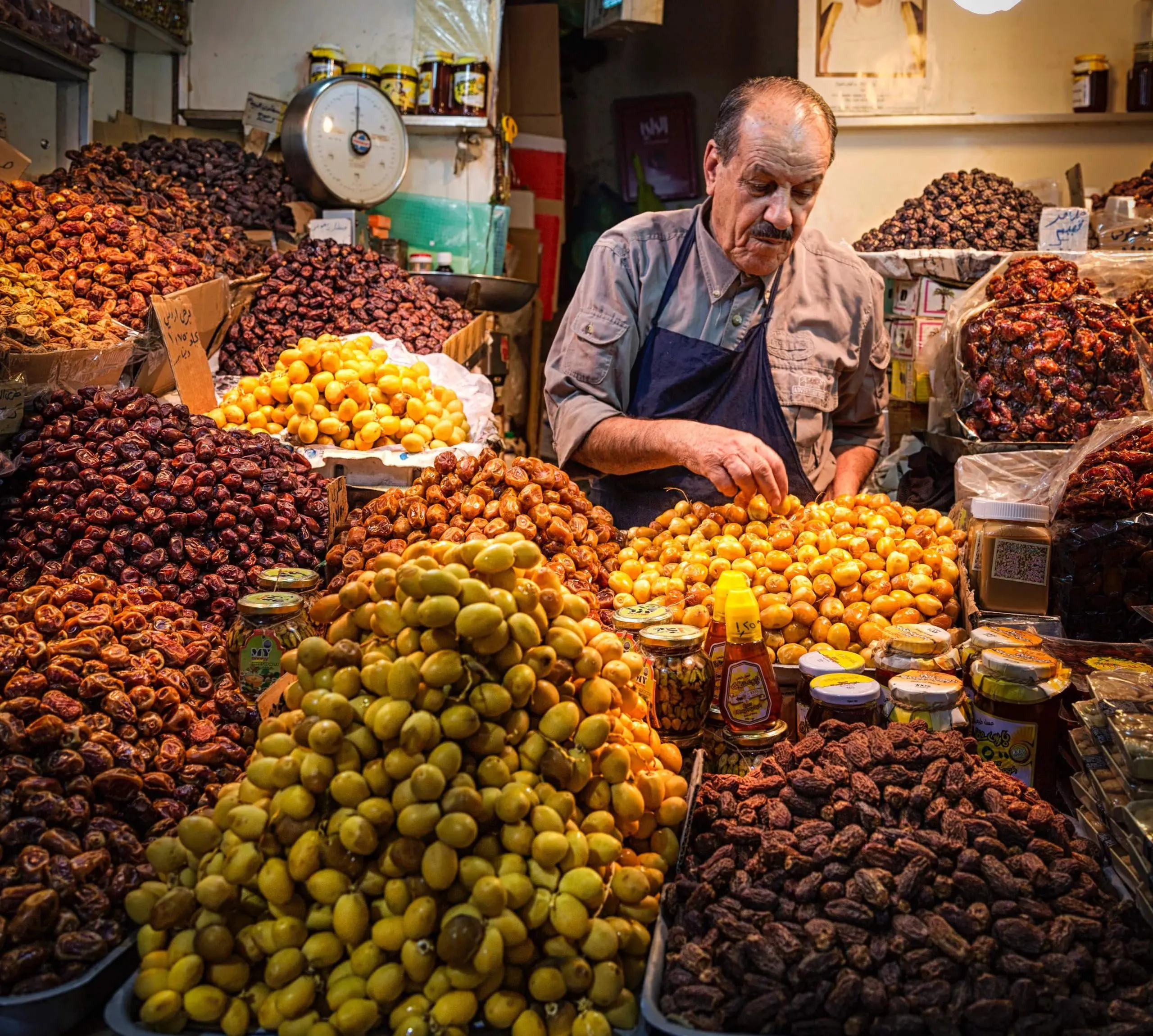The Middle East might not be the first export market that Australian businesses think of, but it is a region of growing global importance and worth knowing about. Let’s have a look at what’s going on in the food and beverage market in Kuwait.
- A high wealth economy. Kuwait ranks third among the Gulf countries for both per capita GDP and GDP growth. Although, in common with other gulf countries, it has seen a slowdown in growth since 2012, its per capita GDP was still USD55,100 in 2017 – higher than the average for the gulf region, and for advanced economies.
- An urban population. 98% of Kuwait’s consumers live in urban areas, and shopping is focused on hypermarkets and supermarkets. Although many of these are government owned, an increasing number of private companies are gaining a foothold in the market. These outlets need to compete for consumers by promotions, price competitiveness, service and product range. Multiple new projects are under way to increase retail space.
- …And a youthful one. 40% of Kuwait’s population is under 24, with another 50% in the 25-54 bracket. That’s driving adoptions of trends like online shopping and meal delivery.
- Brand conscious consumers. Kuwaiti nationals form only 30% of the country’s population, but they make up the majority of the higher income sector of society. These younger middle to high income earners lean toward image and brand conscious consumer decisions. An increasing number of international luxury and prestige brands are establishing outlets in Kuwait to take advantage of its demographics.
- A rising concern for health. Kuwait has high levels of obesity which is driving interest in healthy eating. Demand for healthy products and those offering other wellness benefits is growing, with protein products being of particular interest.
- A busy lifestyle demands convenience. Like people in so many urban areas, Kuwait’s consumers live busy lives that don’t always leave time for shopping and cooking. Online purchases are becoming more popular, while convenience foods, and ready-made meals offering pre-designed diets are also growing.
- Rising tourism means more customers. Kuwait’s government is actively working to promote the country as a tourist destination. More tourists mean more consumers, especially as Kuwait has the retail infrastructure and luxury brands to be a shopping destination.
- Dining out diversifies. Going out to dinner is becoming a frequent leisure activity among the middle to high income group. That means restaurants are working to offer a greater range of experiences and cuisines to their customers – necessitating a greater range of products and ingredients.
- A developing café culture. With a young population with decent disposable incomes, café culture is a fast-growing part of the beverage market in Kuwait. The CAGR of hot drinks is expected to grow by 8.8% to 2023. There’s an emphasis on premium brands that offer both high quality and name recognition. At the same time, health concerns and Kuwait’s large expatriate Asian population are fuelling a boom in tea drinking.
Does Kuwait sound like a market you want to know more about? Why not get in touch with us at Export Connect for a chat about how we could help your business – we always love hearing from you.
You can also attend our Food & Beverage Exporters Forum at Fine Food 2019 that includes experienced panellists and Export Manager Laurence Fazzaro from McCain Australia and NSW Export Award Winner Cristina Talacko from SalDoce. Hear how they prepare for buyer meetings and share what buyers from different markets value in an export pitch.



